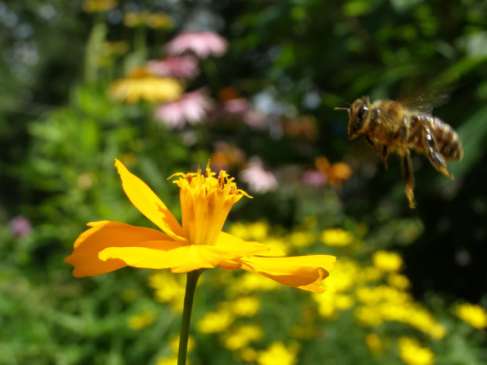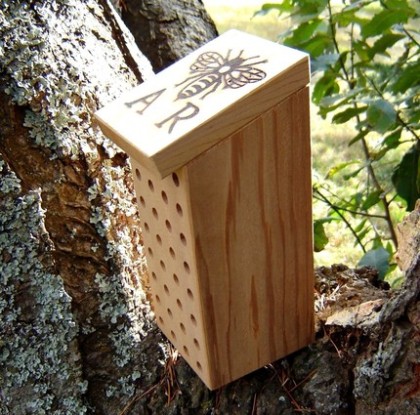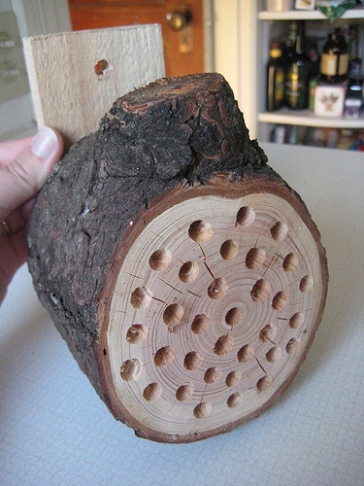If you live in Vancouver, you are privileged to experience the thirteenth month here. I call her “June-uary”. Don’t get me wrong. I love the rain and I know September more than makes up for the lack of sun in what is laughingly called “summer”. But really, we are blessed because Spring is a time for new beginnings and growth and where we plant things to be enjoyed the following year. So if we are lucky enough to have a longer period of that, than sign me up. With all the latest organic trends and local farmers markets becoming busier, it’s important to take this time and do our part to ensure the next season is more fruitful than the last. What better way to do that, than with BEES!!!
There is a lot of buzz on bees lately. As scared as we are of this magnificent creature, they are so heavily depended on for pollination in this season of growth especially. Those tiny insects are responsible for pollinating over 30% of our fruits and vegetables. Their little hairy bodies retain pollen and promote successful fertilization. It’s the species of Masonry Bees that are so integral to our ecosystem. Unlike honeybees or bumble bees, the Masonry Bee is a solitary bee. It has no queen or worker bees. They don’t produce honey or beeswax. Other than mating, their soul purpose is to pollinate. I have a great summer project that you can do at home to help promote a healthy population of masonry bees in your neighborhood. Before everyone gets nervous about attracting bees near their yards. It should be noted that Mason Bees are not aggressive and are not known to defend their nests. Rather when disturbed they simply flee to continue their work. They are tireless creatures that only stop to rest when the sun goes down. A single female can pollinate up to 60,000 blossoms in their lifetime, which is an average of 4 – 6 weeks. You are probably wondering what you can do to help bring these wonderfully misunderstood creatures to your garden. Well, I have just the summer project for you and the kids. Masonry bee’s ideal homes are often woodpecker drillings or other insect holes found in trees and wood. If you want to improve your garden and promote large harvests, create your own Masonry Bee Block and watch the little critters get to work. Your fruits, vegetables and flowers will thank you.
How to create your own Bee Block:
- Ask your local timber yard to cut you a foot long 4×4 piece of wood. A log or piece of driftwood looks pretty cool.
- Drill lots of 5/16 inch holes
- Drill one in the back to hang in a sunny spot. Ideally the best location is on the South or East side, where the sun will wake them up each day.
You can even paint and decorate the sides to brighten it up.
A few tips once you have your bees working for you:
a) When weeding, try to avoid herbicides and pesticides. These harsh chemicals can kill mason bees and disrupt their reproductive cycle.
b) consider mowing your lawn in the evening, near dusk. Often then the bees are done their work for the day and have settled in for the night.



